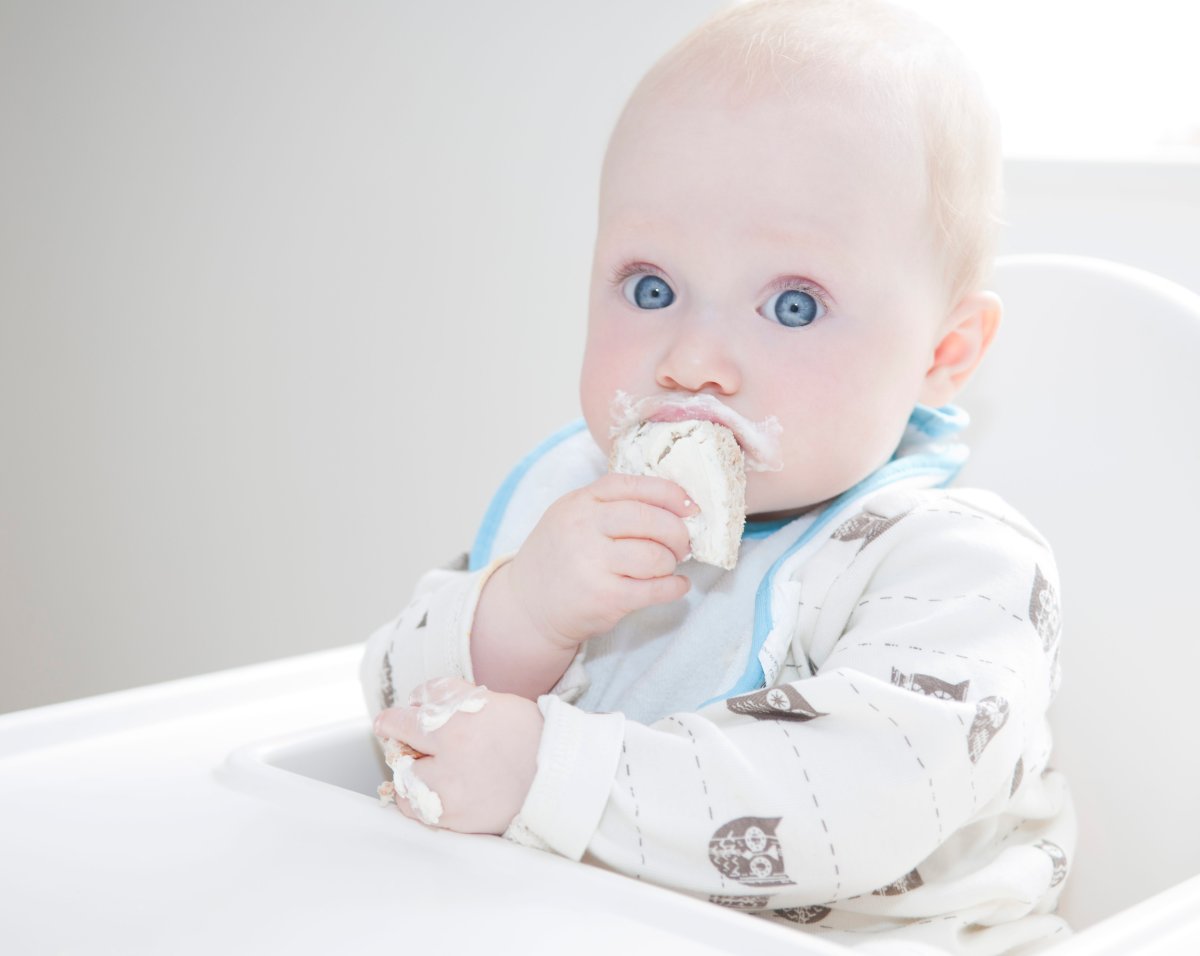Monkey see, monkey do – that’s how babies learn what foods to eat, says a study out of Cornell University.

According to researchers, babies as young as a year old are able to pick up on subtle social cues which help them differentiate which foods their families like and dislike. Babies then formulate their own eating habits around what they observe, findings which suggests food selection is based more on social dynamics rather than nutritional needs.
“This tells us that even really early in life infants think about food and instantly connect it to social groups and social information,” says Zoe Liberman, co-author of the study. “Rather than just learning things like what can I eat versus what can’t I eat, they may instead learn things like who they should look to as a good model for food choice.”
READ MORE: What a registered dietitian eats in a weekend and says about ‘cheat days’
So if junk food is part of the family diet yet baby gets healthy choices to chomp on, they’ll still see junk food as part of their normal diet.
The study looked at more than 200 one-year-old infants and how they reacted to a series of videos of people expressing their like or dislike toward certain foods.
When unilingual babies saw two people speak the same language or act like they were friends, the children expected them to like the same foods. However, when they saw two people who spoke different languages or acted unfriendly toward each other, the babies expected them to like different foods.
This, Liberman says, suggests that babies expect people to like the same foods, unless those people belong to different social or cultural groups. This reiterates the fact that our food choices are strongly linked to our social thinking.
Interestingly, the same could not be said for bilingual babies.
According to Liberman, bilingual babies expected that people who speak different languages would still eat the same food.
READ MORE: Are your baby’s ‘first finger foods’ safe? Some may be a choking hazard: study
Liberman says the findings from this study could help policymakers and families when it comes to shifting unhealthy eating habits.
“A lot of policy surrounding nutrition is about teaching what foods are healthy,” she says. “That might be a really important thing to do. It also might be more effective to think about incorporating some of this social information into programs aimed at getting kids to eat healthier by providing them role models from their social groups or who they trust socially and have those people endorse those different kinds of healthy options.”
As for parents, the best thing for them to do is set a good example, says Liberman.
For further information, parents can consult Canada’s Food Guide which provides nutritional and daily serving information for kids between the ages of three and 12.





Comments